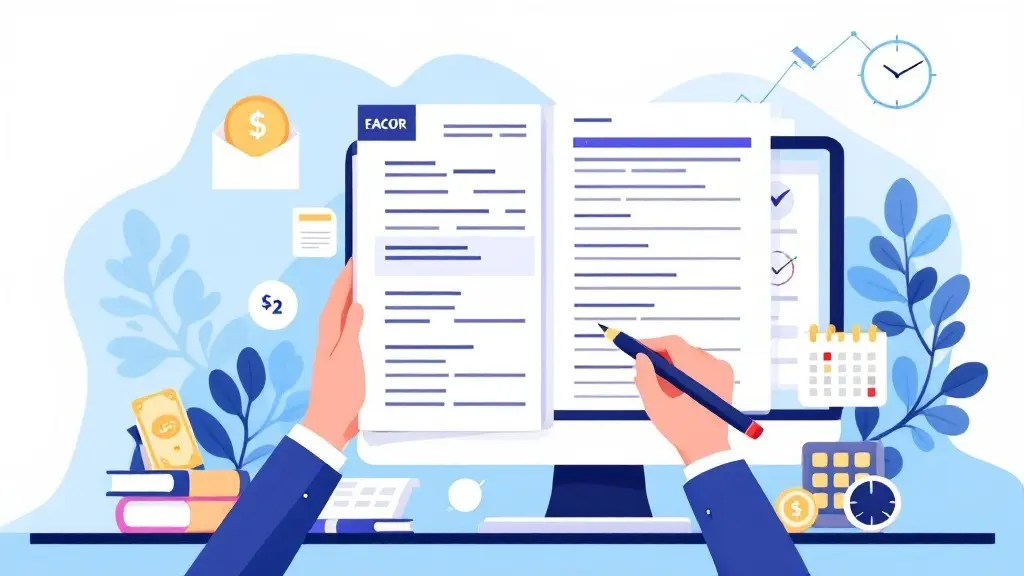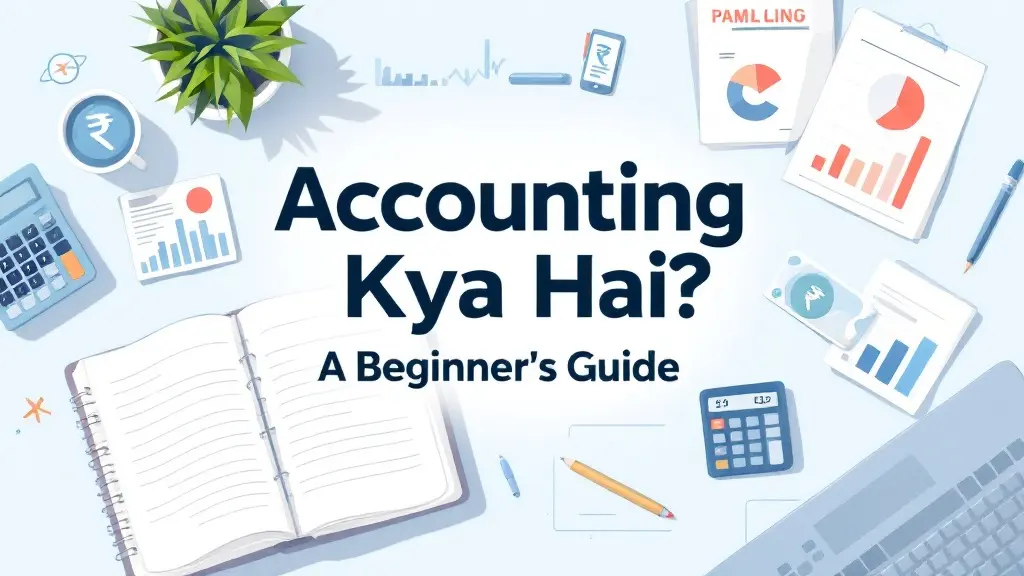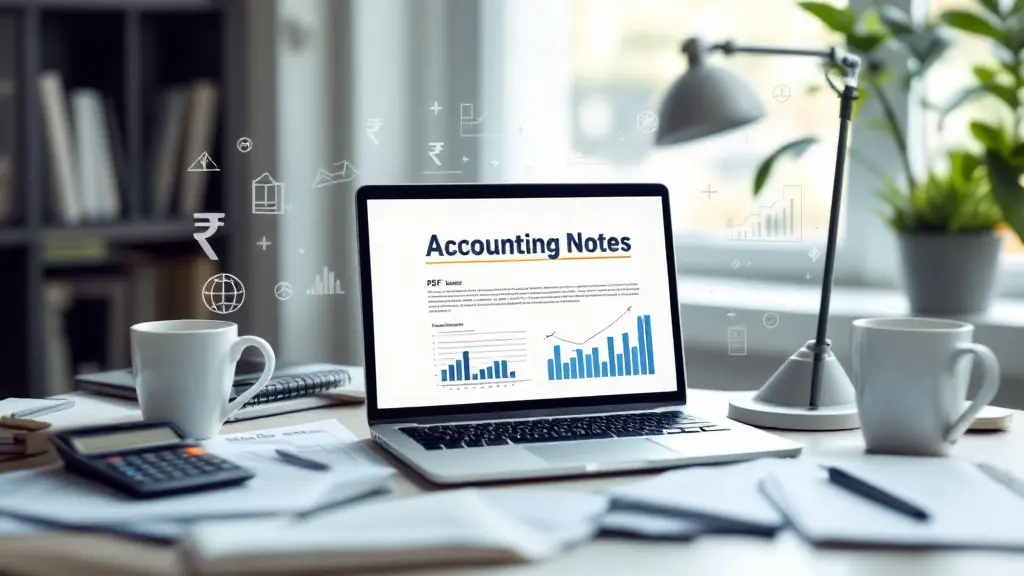Accounting Words: The Ultimate Guide to Understanding Key Financial Terms
Table of Contents
Most Read
[fusion_dropcap class="fusion-content-tb-dropcap"]H[/fusion_dropcap]ave you ever found yourself puzzled by accounting jargon? You’re not alone. Whether you’re a business owner, a student, or someone simply curious about the world of finance, understanding common accounting words can help you make sense of the numbers and make smarter decisions.
In this blog post, we’ll break down the most essential accounting terms, explain what they mean in plain English, and show you how they’re used in everyday financial activities. No jargon. No fluff. Just simple explanations that make sense.
📚 What Are Accounting Words?
Accounting words are terms and phrases commonly used in bookkeeping, financial reporting, and business operations. These words form the backbone of communication in the world of finance and are crucial for interpreting financial documents, managing budgets, and making strategic decisions.
🧠 Why It’s Important to Learn Accounting Vocabulary
- ✅ Helps you understand financial statements
- ✅ Builds confidence in business discussions
- ✅ Supports academic or professional growth
- ✅ Prevents costly misunderstandings
Whether you’re reading a balance sheet or preparing tax documents, knowing the right terms will save you time and confusion.
🏆 Most Common Accounting Words (with Easy Explanations)
Let’s go through some popular accounting words you’re likely to encounter.
1. Asset
An asset is something your business owns that has value. It can be tangible (like equipment) or intangible (like a trademark).
Example: Cash, buildings, and inventory are all assets.
2. Liability
A liability is what your business owes to others — in other words, a debt or financial obligation.
Example: Loans, unpaid bills, and taxes payable.
3. Equity
Also called owner’s equity or net worth, this represents the value left in the business after all liabilities are subtracted from assets.
Formula: Equity = Assets – Liabilities
4. Revenue
Revenue is the money your business earns from selling goods or services. It’s also called sales or income.
Example: A bakery’s daily income from selling cakes is its revenue.
5. Expense
An expense is the cost incurred to run your business — anything you spend money on to operate.
Example: Rent, salaries, utilities, and advertising.
6. Profit
Profit is what’s left after all expenses are subtracted from revenue. Also known as net income.
Formula: Profit = Revenue – Expenses
7. Accounts Payable
Money your business owes to vendors or suppliers. Think of it as a short-term debt.
Example: Unpaid bills for inventory.
8. Accounts Receivable
Money owed to your business by customers for products or services provided on credit.
Example: A client who hasn’t paid their invoice yet.
9. General Ledger
The general ledger is the complete record of all your financial transactions.
It’s like the master book of accounts for your business.
10. Trial Balance
A trial balance is a report that lists all the balances of every account in your ledger. It helps ensure your books are balanced.
📈 Financial Statements Terms
Now let’s look at some accounting words related to financial reports.
11. Balance Sheet
A snapshot of a company’s financial position at a specific point in time. It includes assets, liabilities, and equity.
12. Income Statement
Also known as a Profit & Loss (P&L) statement. It shows revenue and expenses over a specific time, usually a month or year.
13. Cash Flow Statement
Tracks the movement of cash in and out of a business. Crucial for understanding liquidity.
Tip: A company can be profitable but still run out of cash — this report prevents that surprise.
🧾 Bookkeeping Terms You Should Know
14. Journal Entry
The first step in recording a transaction. Every financial event gets logged as a journal entry.
15. Debit & Credit
Two sides of every accounting transaction.
- Debit (Dr): An entry that increases assets or expenses, and decreases liabilities or equity.
- Credit (Cr): An entry that increases liabilities or equity, and decreases assets or expenses.
Mnemonic: DEAD CLIC
Debit: Expenses, Assets, Drawings
Credit: Liabilities, Income, Capital
16. Chart of Accounts
A list of all accounts used by a business to record financial transactions. Each account is categorized (e.g., revenue, expense, asset).
🏛️ Tax & Compliance Related Words
17. GST (Goods and Services Tax)
A consumption tax levied on the sale of goods and services. Common in countries like India and Australia.
18. TDS (Tax Deducted at Source)
A way to collect tax at the source of income. For example, your employer deducts TDS from your salary before paying you.
19. PAN (Permanent Account Number)
A unique identification number issued by Indian tax authorities to individuals and businesses for tax purposes.
20. Audit
An independent review of financial records to ensure accuracy and compliance with laws and regulations.
🔢 Accounting Ratios and Formulas
While not “words” per se, accounting ratios are important terms often used in reports.
21. Current Ratio
Formula: Current Assets / Current Liabilities
Measures a company’s ability to pay off short-term obligations.
22. Gross Profit Margin
Formula: (Revenue – Cost of Goods Sold) / Revenue
Shows profitability before operating expenses.
23. Return on Investment (ROI)
Formula: Net Profit / Investment Cost
Helps determine if an investment is worthwhile.
💼 Business Accounting Words
24. Capital
The money or assets invested into a business by its owners.
25. Inventory
Goods held for sale. Inventory is an asset but must be managed carefully.
26. Depreciation
The reduction in value of an asset over time due to use or wear and tear.
Example: A company car losing value each year.
27. Break-even Point
The point at which total revenue equals total costs — no profit, no loss.
📊 Real-World Example: Connecting the Dots
Let’s say you run a clothing store. Here’s how the words come together:
- You buy inventory worth ₹1,00,000 (an asset).
- You owe ₹40,000 to your supplier (accounts payable).
- You sell clothes worth ₹1,50,000 (revenue).
- Your shop rent, salaries, and electricity total ₹90,000 (expenses).
- Your profit is ₹60,000 before taxes.
- You prepare a P&L statement to assess performance.
- You use a trial balance to double-check your books.
Understanding these terms helps you run your store more efficiently and make informed choices.
💡 Tips to Master Accounting Vocabulary
- Use flashcards – Old-school but effective.
- Watch YouTube videos – Visual learning helps.
- Read financial news – See words used in context.
- Practice bookkeeping – Hands-on work solidifies theory.
- Take short online courses – Plenty of free ones available.
📌 Final Thoughts
Learning accounting words doesn’t have to be intimidating. When you understand the language of finance, you unlock the ability to interpret numbers, communicate clearly, and make smarter decisions — whether in business or personal life.
So the next time you come across a balance sheet or a financial report, you’ll feel more confident and less confused.
Did you find this guide helpful?
Share it with friends or colleagues who are also trying to decode the world of accounting. And if you’re looking for more insightful posts like this, don’t forget to subscribe to our blog at Accounting24.in!
Would you like me to create a matching infographic, Instagram carousel, or LinkedIn post based on this article to boost FinTax24’s social presence?









